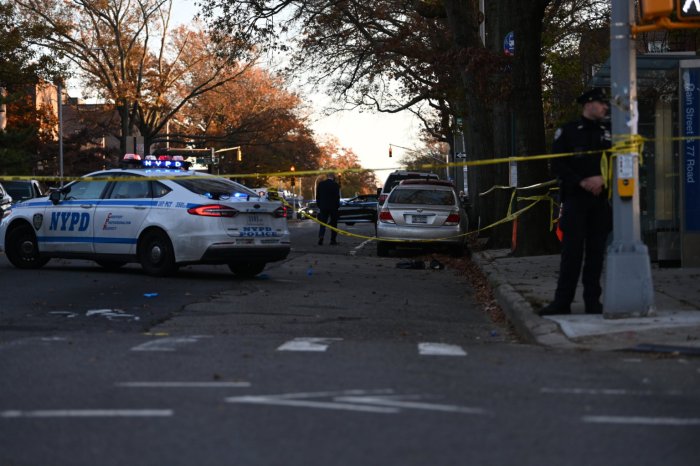By Alex Christodoulides
A volunteer with the Department of Homeless Services approached her and explained that he was conducting a survey of New Yorkers' living arrangements.”You get a ticket,” she beamed, throwing back the blanket and handing him a slip of green paper. Christy Baker-Smith, a staff member at Columbia University, was one of two decoys planted on the train to ensure that the 2007 Project HOPE (also known as the homeless census) counts are as accurate as possible as more than 3,000 volunteers fanned out across the city and subways to gauge the number of street homeless and offer shelter to those who want it.Project HOPE is now in its sixth year – the third in Queens after several years of being conducted solely in Manhattan, Brooklyn and Staten Island – and came after the Department of Homeless Services decided that it could further its goal to reduce street homelessness by 2009 with a more accurate measure of the population it serves.For the purposes of the survey, the subways are considered a borough unto themselves, and decoys ride on all train lines, Baker-Smith said. Last year's tally was 3,843 street homeless citywide, a 13 percent drop from 2005, 66 of whom were in Queens and 1,216 in subway cars and stations.The Queens census began with an orientation at York College's student center at 10:30 p.m. Monday night, where volunteers were divided into groups and either directed to a subway station or given maps of sectors of Queens where they would canvass a small area consisting of a few square blocks. Each group went out into the night after midnight armed with a sheaf of questionnaires to complete by interviewing “anyone awake and clearly not working,” according to instructions from Franca Okeya, director of quality assurance at the Department of Homeless Services.”Many of us have a stereotype of what someone homeless looks like,” Okeya said, advising volunteers to speak to as many people as possible, not just those who appear disheveled and burdened with bags and shopping carts. For those who say they have no place to call home, “offer them a ride to a shelter,” Okeya said. “If they do not accept, move on. The point is to count.”Besides the two decoys, the J train group also interviewed a homeless youth who accepted a ride to a shelter. “He looked about 17, and when we asked if he had someplace he called home he said not really,” said a woman who had spoken to him.A group that had canvassed part of Laurelton said they had not seen anyone homeless in their sector, which they thought was because it was too exposed to the elements.The Project HOPE survey results will be released once the Department of Homeless Services finishes counting the questionnaires.Reach reporter Alex Christodoulides by e-mail at news@timesledger.com or by phone at 718-229-0300, Ext. 155.





























